To ensure their clients get the best experience, building a design-driven culture is essential for every organisation that wants to go beyond just selling their products. At present, many firms that are interested in improving the customer’s experience, building brand loyalty, and remaining competitive have made design a core part of their business.
Design is a change tool that is capable of transforming how organisations carry out their activities and build their brands. It helps to bring order and coherence to a seemingly complex world through empathy and user research.
“It helps to bring order and coherence to a seemingly complex world through empathy and user research.”
Design is not driven by technology, but rather by the needs and urgency to create an organisation that can accommodate empathy, diversity, security, and equality. Design also involves building a constructive feedback channel that allows design decisions to hinge on business objectives and goals rather than personal preferences.
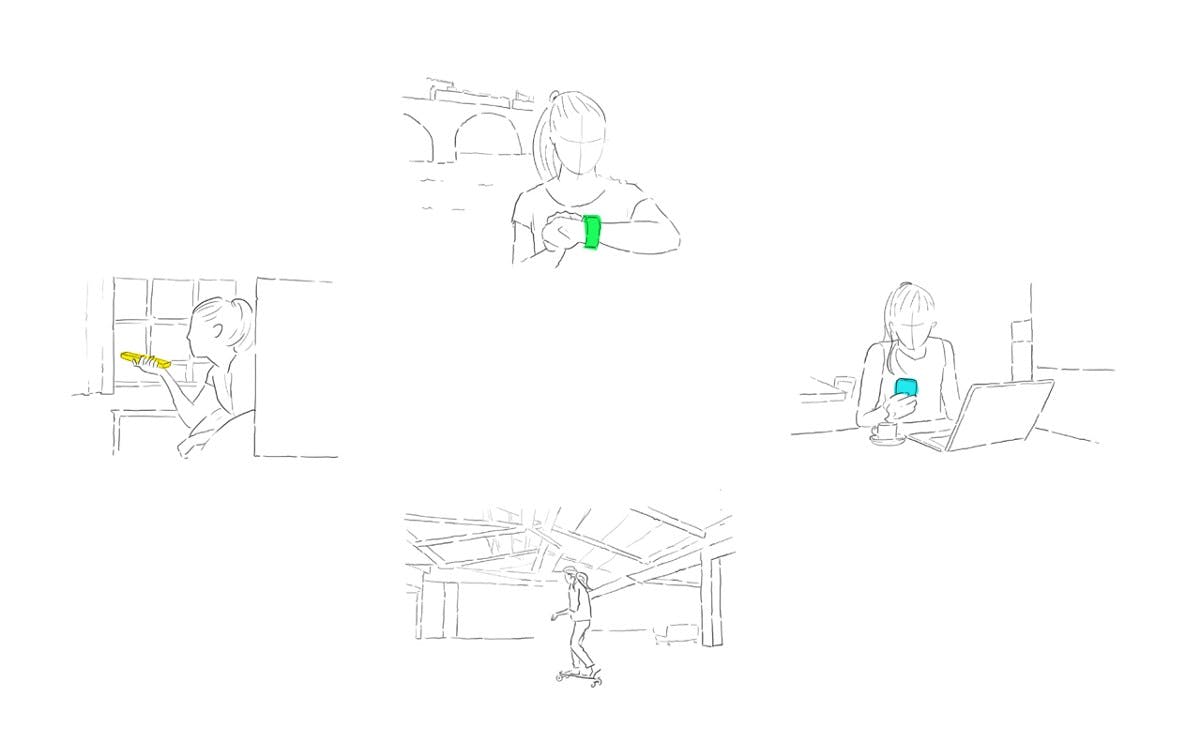
Building a design-driven culture starts with placing customers at the centre of the problem-solving equation. Design companies do not only strive to understand what customers want, but they also research and know why they want it.
“In most cases, customers even place more importance on the experience they get while purchasing a product than how the product performs.”
This is because it is difficult to separate the experience a customer has when buying a product from the actual product performance. In most cases, customers even place more importance on the experience they get while purchasing a product than how the product performs.
A design-driven culture that seeks to give customers the best experience isn’t just for startup companies alone; even large organisations must ensure that their customers have the best experience throughout the buyer’s journey.
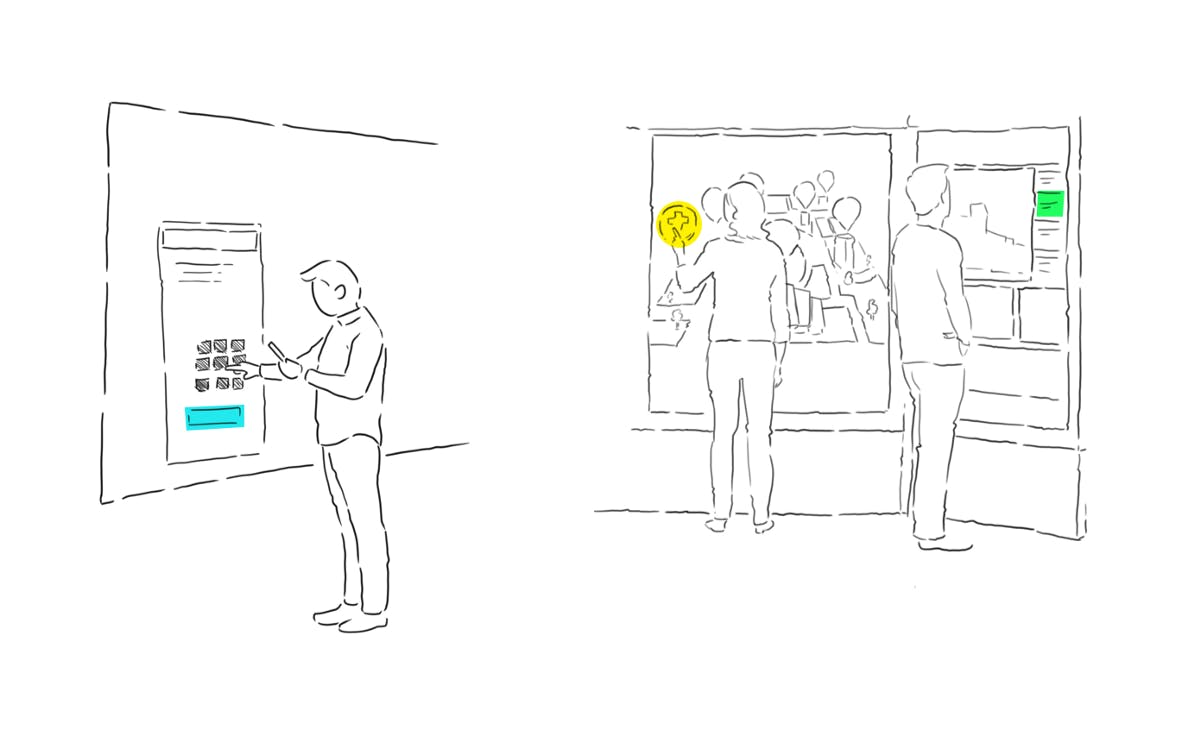
Benefits of Building a Design-Driven Culture
Organisations that build a design-driven culture enjoy so many benefits, including:
- Stock market lead: A recent research by the Design Management Institute’s Design Value Index indicates that design-driven companies have maintained stock lead ahead of others by outperforming the S&P 500 by an extraordinary 219 per cent over the past ten years. And that is why so many companies are committed to improving user experience, driving growth and remaining competitive using design.
- Saves time and money: Design-driven organisations understand the business opportunity, focus on the right problems, map out the right business strategy and deliver the right outcomes to their customers.
- Learn from failures and successes: One key benefit of design-driven culture is that it helps team members learn from both their successes and failures while engaging in the design process. Organisations and team members that embrace learning are not afraid of making mistakes and create better ideas that solve problems in real-time.
Key Elements of Design
First, every organisation that embraces the use of design must have a perfect understanding of the customers need. This is because the difference between a design-driven company and other companies is their capacity to go beyond understanding what customers want and uncovering why they want it. Design-driven firms do not just rely on data, which may not account for the empathy metric. Instead, they turn to ethnographers who conduct interviews with shoppers, listen to customers, get feedback on how customers make use of a product, and record their experience they have thereafter.
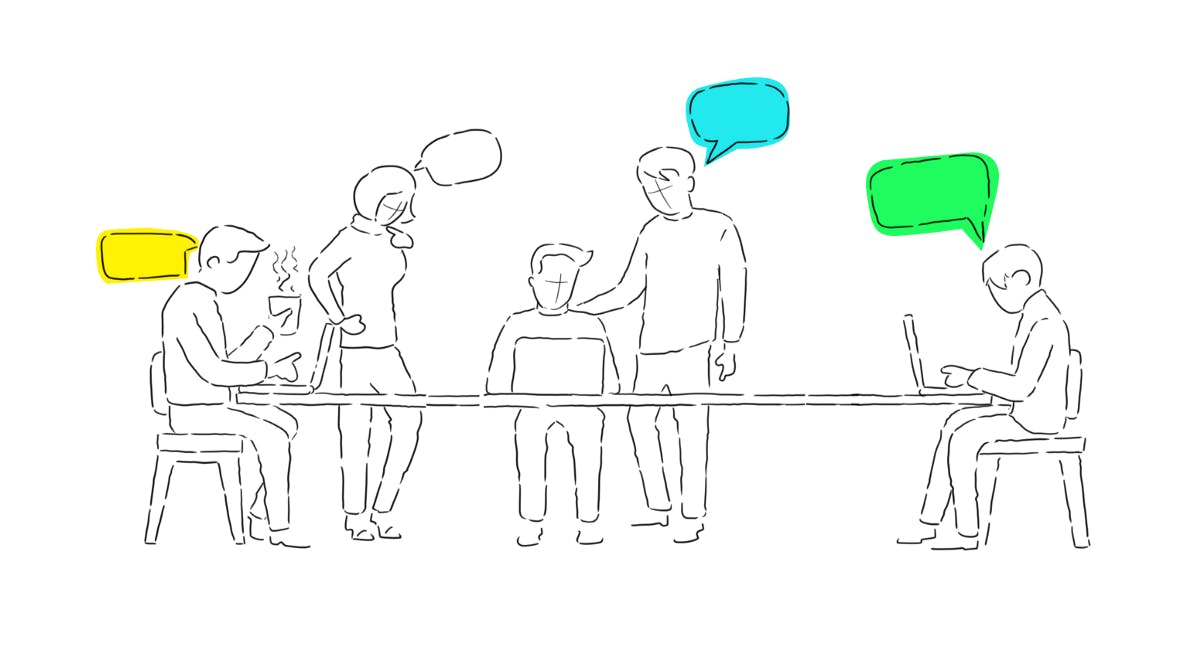
Secondly, the key to running a design-driven organisation is to ensure that the right sets of people are employed to carry out a given task. It is vital for every design-driven organisation to employ the services of a Chief Design Lead to take the lead on strategic business decisions and remain a primary customer advocate. He or she has a responsibility of translating business goals into customer-friendly initiatives by building a culture where employees strive to enhance the customer experience.
Furthermore, an excellent customer-focused design must start with a braided approach that aligns design, technology, and business strategy, while keeping the customer’s experience in check. It also includes having people from different backgrounds such as industrial design, visual design, user experience, research, and rapid prototyping coming together to create a design that focuses on giving customers the best experience.
“Furthermore, an excellent customer-focused design must start with a braided approach that aligns design, technology, and business strategy that aligns together while keeping the customer’s experience in check.”
Also, design-driven organisations make use of iterative design processes that allow them to identify user needs through user research and generate ideas that meet their needs while developing a prototype. A design-driven organisation will also take the next step of testing the prototype to see if it meets their needs in the best possible way. The insights that were gathered from testing the prototype must be used in amending the design. Following that, the firm can create a new prototype and begin the process all over again until they are satisfied.
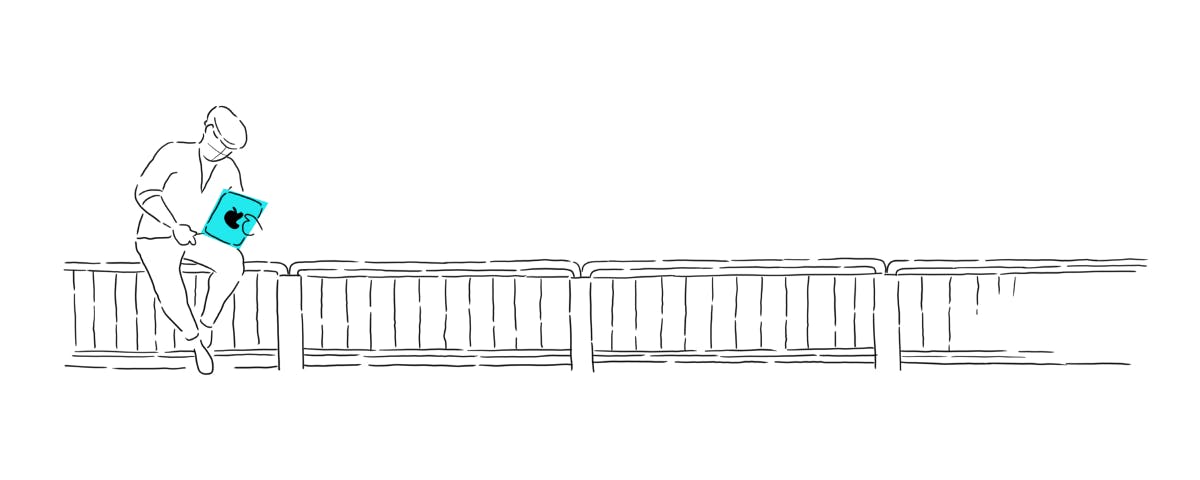
4 Steps to Building a Successful Design-Driven Culture
Transforming an organisation into one that focuses on design as a change agent takes a lot of time. However, the steps listed below can help you with your transformation:
- Get a professional design coach: Every design-driven organisation needs the services of a design coaching professional or firm to ensure that design factors like customer experience are part of any business strategy.
- Review your metrics: It is also essential for every design-driven organisation to define and regularly review their design metrics and key performance indicators, and test them to discover areas where changes must be enacted.
- Work with the right set of people: To ensure that your transformation is a success, you must ensure that as an organisation, you work with the right people who ensure that your design actively contributes to business decisions and the development of experiences across the customer’s journey.
- Understand what motivates your customers: You can have a perfect understanding of what motivates the customer by using human-centred design research techniques that interact with customers and discover vital information about them.
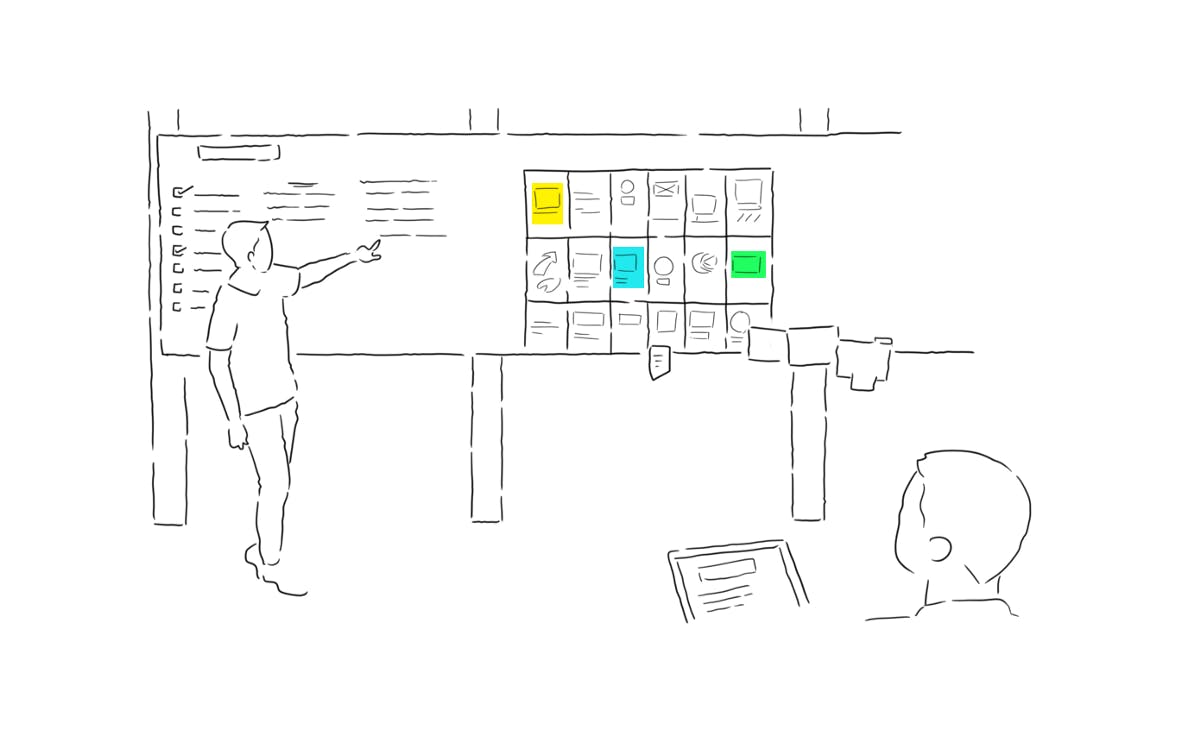
Finally, to become a leader in business, it is vital to build a culture of excellence where people feel comfortable to try out new things and encourage learning from failure. Implementing a design-driven culture will enable your organisation to clarify their objectives and deliver value to people in an effective and efficient way.